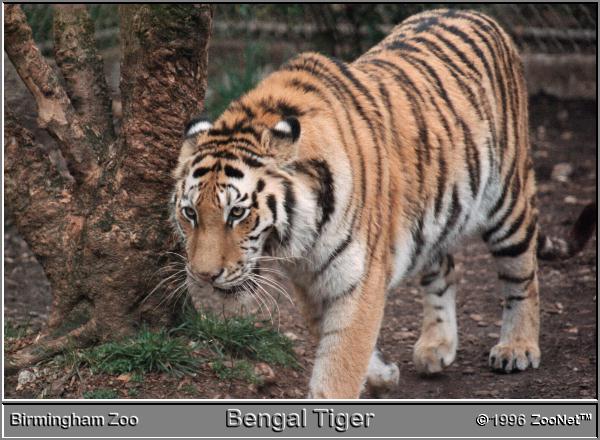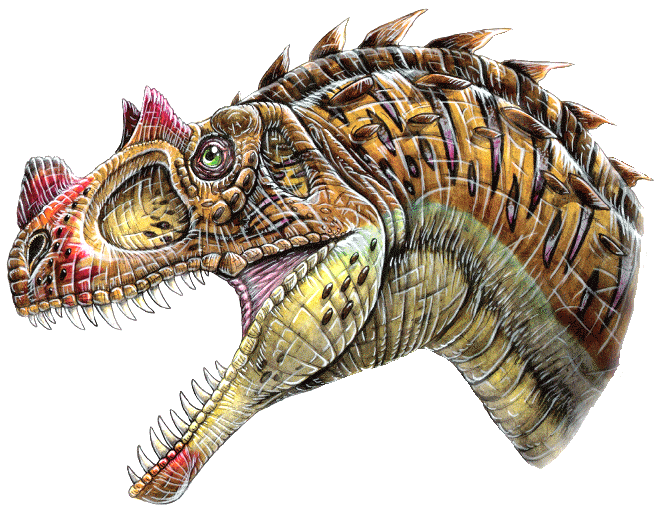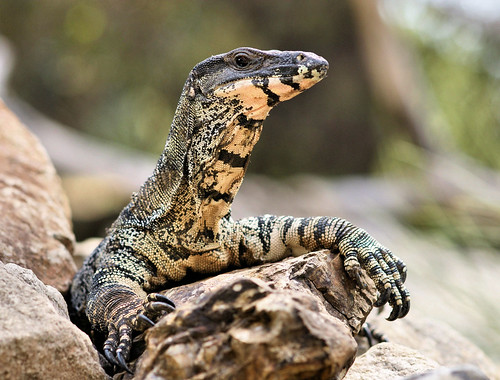Post by Deinobrontornis on Oct 12, 2011 16:46:32 GMT -5
Asiatic Lion - Panthera leo persica

The Asiatic lion (Panthera leo persica) also known as the Indian lion, Persian lion and Eurasian Lion is a subspecies of lion. The only place in the wild where the lion is found is in the Gir Forest of Gujarat, India.
Asiatic lions are similar to African forms, though they have less swollen tympanic bullae, shorter postorbital constriction, and usually have divided infraorbital foramen. The color ranges from reddish-brown to a highly mottled black to sandy cinnamon grey.
Their size corresponds to that of central African lions. In adult males, the maximum skull length is 330–340 mm, while that of females is 266–277 mm. They reach a weight of 160–190 kg (350–420 lb) for the males and 110–120 kg (240–260 lb) for the females. The scientific record for the longest male is of 292 cm, while the maximum height to the shoulders reported is of 107 cm. Captain Smee hunted a male which was 2.68 m (8.8 ft) long and weighed 223.3 kg (492 lb), excluding the entrails. The largest known wild male, in the hunting records, was exactly 3.06 m (10.0 ft) in length.
Asiatic lions are highly social animals, living in units called prides. Their lion prides are smaller than those of African lions, with an average of only two females, whereas an African pride has an average of four to six. The Asiatic males are less social and only associate with the pride when mating or on a large kill. It has been suggested that this may be because their prey animals are smaller than those in Africa, requiring fewer hunters to tackle them. Asiatic lions prey predominantly on deer (sambar & chital), antelope (nilgai), gazelle (chinkara), wild boar, water buffalo and livestock.
Bengal Tiger - Panthera tigris tigris

The Bengal tiger, or Royal Bengal tiger (Panthera tigris tigris), is a tiger subspecies native to India, Bangladesh, Nepal and Bhutan, and has been classified as endangered by IUCN as the population is estimated at fewer than 2,500 individuals with a decreasing trend.
Its coat is a yellow to light orange, and the stripes range from dark brown to black; the belly is white, and the tail is white with black rings. A mutation of the Bengal subspecies, the white tiger, has dark brown or reddish brown stripes on a white background, and some are entirely white. Black tigers have tawny, yellow or white stripes on a black background color. The skin of a black tiger, recovered from smugglers, measured 259 cm (102 in) and was displayed at the National Museum of Natural History, in New Delhi. The existence of black tigers without stripes has been reported but not substantiated.
The total body length, including the tail, of males is 270 to 310 cm (110 to 120 in), while females are 240 to 265 cm (94 to 104 in). The tail measures 85 to 110 cm (33 to 43 in), and the height at the shoulder is 90 to 110 cm (35 to 43 in). The average weight of males is 221.2 kg (488 lb), while that of females is 139.7 kg (308 lb).
Male Bengal tigers from the northern Indian subcontinent are as large as Siberian tigers with a greatest length of skulls of 332 to 376 mm (13.1 to 14.8 in). In northern India and Nepal, males have an average weight of 235 kg (520 lb), and females 140 kg (310 lb). Recent studies of body weights of the different tiger subspecies have shown that Bengal tigers are on average larger than Siberian tigers.
The Bengal tiger's roar can be heard for up to 3 km (1.9 mi) away
Tigers are obligate carnivores. They prefer hunting large ungulates such as chital, sambar, gaur, and to a lesser extent also barasingha, water buffalo, nilgai, serow and takin. Among the medium-sized prey species they frequently kill wild boar, and occasionally hog deer, muntjac and Gray langur. Small prey species such as porcupines, hares and peafowl form a very small part in their diet. Due to the encroachment of humans onto their habitat, they also prey on domestic livestock

The Asiatic lion (Panthera leo persica) also known as the Indian lion, Persian lion and Eurasian Lion is a subspecies of lion. The only place in the wild where the lion is found is in the Gir Forest of Gujarat, India.
Asiatic lions are similar to African forms, though they have less swollen tympanic bullae, shorter postorbital constriction, and usually have divided infraorbital foramen. The color ranges from reddish-brown to a highly mottled black to sandy cinnamon grey.
Their size corresponds to that of central African lions. In adult males, the maximum skull length is 330–340 mm, while that of females is 266–277 mm. They reach a weight of 160–190 kg (350–420 lb) for the males and 110–120 kg (240–260 lb) for the females. The scientific record for the longest male is of 292 cm, while the maximum height to the shoulders reported is of 107 cm. Captain Smee hunted a male which was 2.68 m (8.8 ft) long and weighed 223.3 kg (492 lb), excluding the entrails. The largest known wild male, in the hunting records, was exactly 3.06 m (10.0 ft) in length.
Asiatic lions are highly social animals, living in units called prides. Their lion prides are smaller than those of African lions, with an average of only two females, whereas an African pride has an average of four to six. The Asiatic males are less social and only associate with the pride when mating or on a large kill. It has been suggested that this may be because their prey animals are smaller than those in Africa, requiring fewer hunters to tackle them. Asiatic lions prey predominantly on deer (sambar & chital), antelope (nilgai), gazelle (chinkara), wild boar, water buffalo and livestock.
Bengal Tiger - Panthera tigris tigris

The Bengal tiger, or Royal Bengal tiger (Panthera tigris tigris), is a tiger subspecies native to India, Bangladesh, Nepal and Bhutan, and has been classified as endangered by IUCN as the population is estimated at fewer than 2,500 individuals with a decreasing trend.
Its coat is a yellow to light orange, and the stripes range from dark brown to black; the belly is white, and the tail is white with black rings. A mutation of the Bengal subspecies, the white tiger, has dark brown or reddish brown stripes on a white background, and some are entirely white. Black tigers have tawny, yellow or white stripes on a black background color. The skin of a black tiger, recovered from smugglers, measured 259 cm (102 in) and was displayed at the National Museum of Natural History, in New Delhi. The existence of black tigers without stripes has been reported but not substantiated.
The total body length, including the tail, of males is 270 to 310 cm (110 to 120 in), while females are 240 to 265 cm (94 to 104 in). The tail measures 85 to 110 cm (33 to 43 in), and the height at the shoulder is 90 to 110 cm (35 to 43 in). The average weight of males is 221.2 kg (488 lb), while that of females is 139.7 kg (308 lb).
Male Bengal tigers from the northern Indian subcontinent are as large as Siberian tigers with a greatest length of skulls of 332 to 376 mm (13.1 to 14.8 in). In northern India and Nepal, males have an average weight of 235 kg (520 lb), and females 140 kg (310 lb). Recent studies of body weights of the different tiger subspecies have shown that Bengal tigers are on average larger than Siberian tigers.
The Bengal tiger's roar can be heard for up to 3 km (1.9 mi) away
Tigers are obligate carnivores. They prefer hunting large ungulates such as chital, sambar, gaur, and to a lesser extent also barasingha, water buffalo, nilgai, serow and takin. Among the medium-sized prey species they frequently kill wild boar, and occasionally hog deer, muntjac and Gray langur. Small prey species such as porcupines, hares and peafowl form a very small part in their diet. Due to the encroachment of humans onto their habitat, they also prey on domestic livestock
















